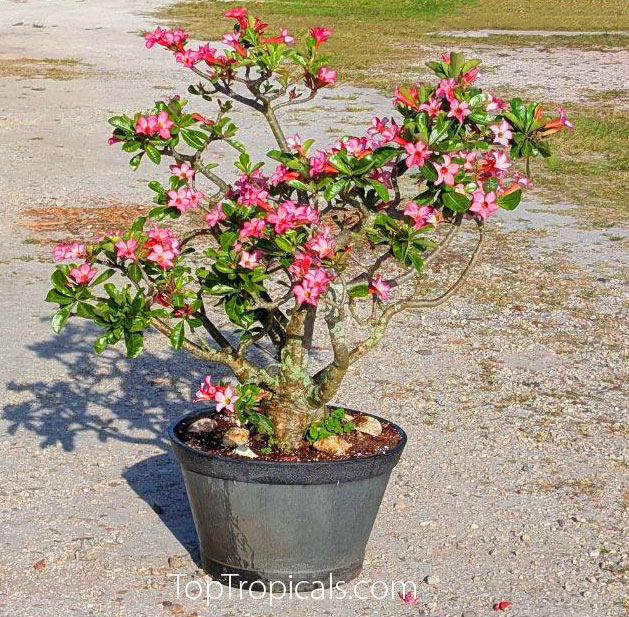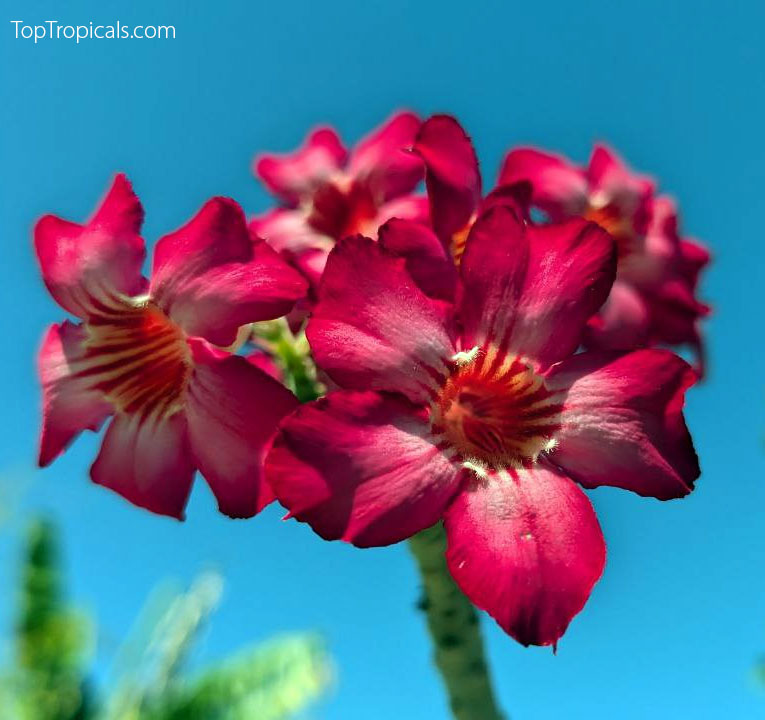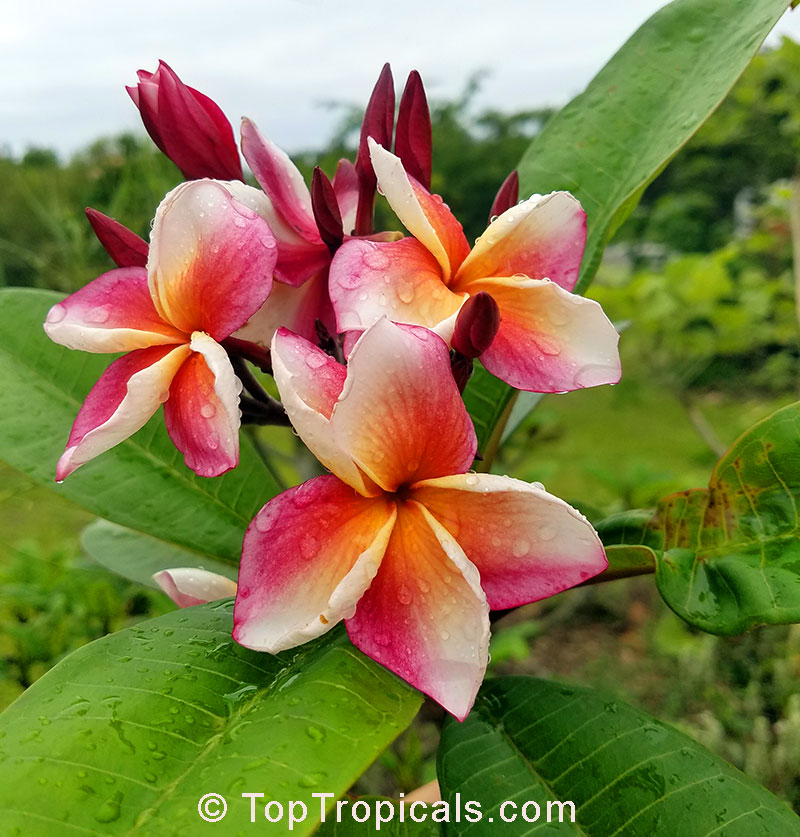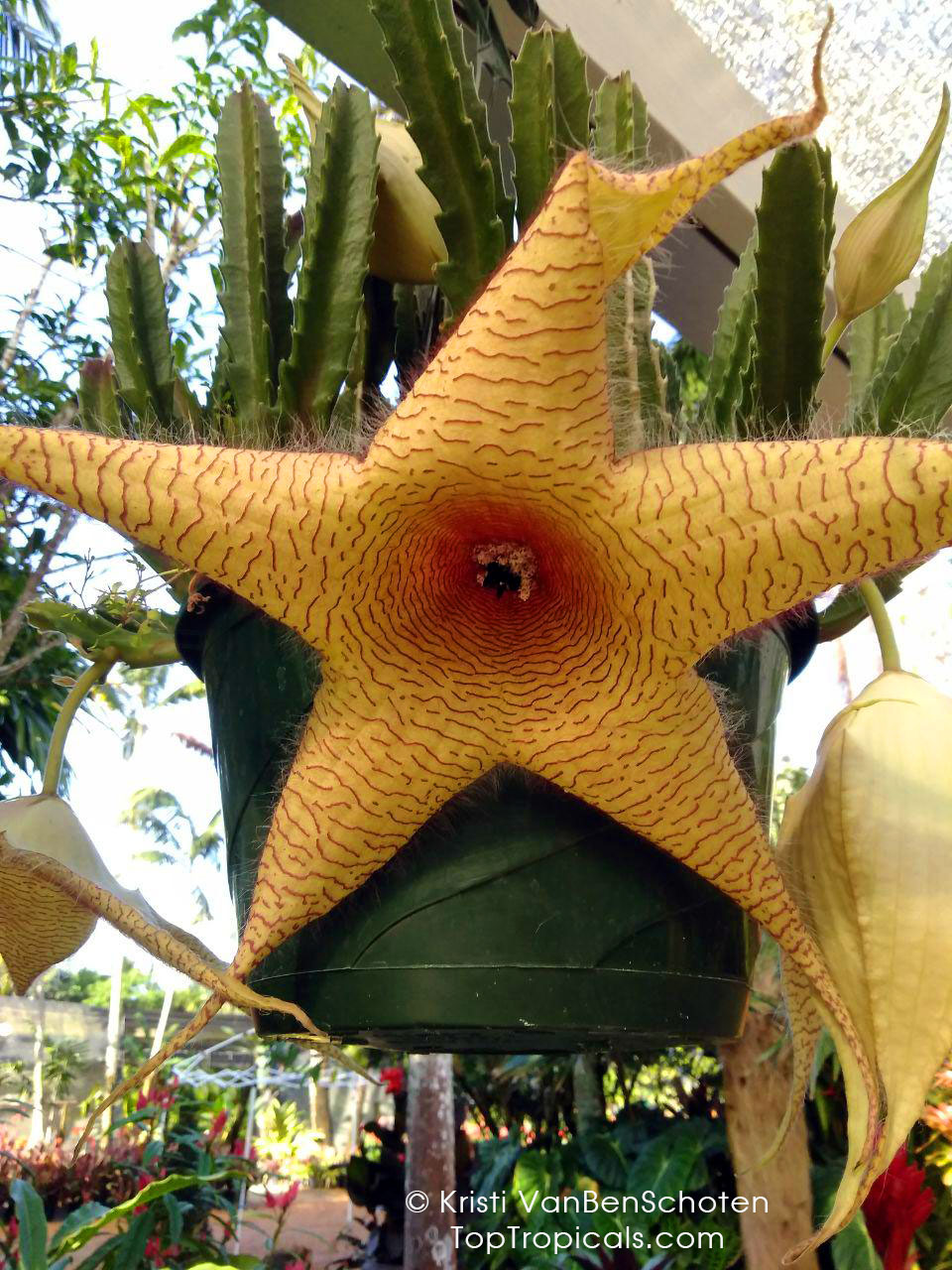Cacti and succulents: secrets of growing




Cactus and Succulent Growing Tips
Indoors give them as much bright light as you can or your sunniest window. They will stretch and get weak and skinny trying to get to more light if kept in a dark or shady location. Outdoors they can burn if given too much direct hot sun all day, so try to provide an area with filtered sun, or a place where they receive a few hours of direct sun and then bright light the rest of the day.
See our succulent collection for sun-loving options that thrive outdoors.
Most cacti have small root systems and are susceptible to damage from too much moisture. Allow plants to dry thoroughly between waterings. A good rule of thumb for watering is to skip one week for every 1 inch of pot size. Example: 2" pot – water once every 2 weeks, 3" pot – water once every 3 weeks, etc.
Another thing to remember is when you water, water well! Make sure that the water is running through all of the soil and flushing out the bottom of the pot. A well-watered pot will feel much heavier than one that didn't get thoroughly saturated, and NEVER LET THE PLANT SIT IN STANDING WATER FOR ANY LENGTH OF TIME.
If you have watered the pot well, you will know when it is time to water again by just sticking your finger about an inch down into the soil. If it's damp, it's fine. If it's dry, then it's time to water again — and water well!
Explore our cactus collection for hardy, drought-tolerant plants.
Regular household temperatures are great, but in the wintertime be sure to keep them away from freezing temperatures next to a window. They can handle 35°F to 40°F just fine and will be dormant (resting, not growing) at these temperatures. The same goes for outdoors; if it is going to go below 35°F, bring them inside to shelter. Freezing temperatures will turn most cacti and succulents into goo!
There are plenty of major garden centers around that carry commercially packaged cactus and succulent mix for sale. If you need to make your own, here's a good all-purpose mix: for every one part of a good potting soil or humus, add two parts of perlite or pumice and one part washed builder's sand.
We recommended Adenium Soilless Mix
Cacti and succulents are not heavy feeders but do benefit from light feeding during their growing period – usually the warmer months of the year (March through October). Any all-purpose balanced liquid fertilizer is fine, something like a 20-20-20. Mix it to half or even a quarter of the recommended strength on the label and give it once a month. When in doubt it is always better to not fertilize than to over do it.
Little to no feeding during the dormant months, usually during the winter months, is necessary.
We recommend: SUNSHINE Megaflor – Bloom Nutrition Booster and SUNSHINE-Epi – Caudex booster
Your plant will be perfectly happy in the original pot for at least a year and doesn't really need to be moved. However if it has been a year and it is getting too big for the pot, or you just want to put it in a special or favorite pot, here's what to do. First choose a pot only one size larger than the original.
If your plants are in a 2.5" pot, the best next size up would be a 3" diameter, and be sure the pots have drain holes.
Gently tap the plant out of its pot and carefully loosen some of the soil around the outside of the root ball. Put some soil mix in the new pot and set the root ball on top of it. Fill in around it with new soil lightly firming it in, making sure the plant is sitting at the same soil level it was originally.
Do not water for a few days; this allows any roots that might have been broken a chance to heal — then water and let it drain thoroughly.
The main ways in which cacti and succulents are propagated are by cuttings, seeds, and offsets. To select the appropriate way to propagate your plant, observe how it grows. Most barrel types are grown from seed or offsets. Columnar or pad types are grown mainly from cuttings. Certain forms are grafted to another in order to grow.
Most seeds are easily germinated and many commercial varieties are self-fertile. Offsets (pups) can be stripped from the mother plants and replanted immediately. Cuttings should be left to dry, out of direct sunlight for up to 2 weeks. This drying period allows the cut area to "heal".
Ready to grow your collection? Browse our full range of healthy cacti and succulents
Let’s Go Shopping Now →